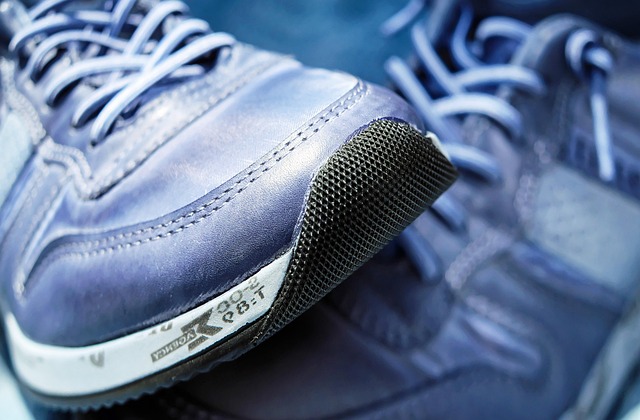Sneakers: Choosing Comfortable, Versatile Footwear
Sneakers are a common choice for people who want comfort, utility, and casual style in one pair of shoes. This article explains key features to look for when selecting sneakers, including arch support, suitability for everyday wear, material choices, and basic care. The goal is to help you match footwear to your activities and foot needs in a clear, practical way.

How arch support affects comfort
Arch support is a crucial factor in how comfortable sneakers feel over hours of use. Individuals have different arch types—low, neutral, or high—and the amount of built-in support can change how weight is distributed across the foot. Sneakers with moderate arch support or removable insoles allow customization with orthotic inserts if needed. For many people, adequate arch support reduces fatigue and improves stability during walking or standing.
A practical approach is to try shoes later in the day when feet are slightly swollen and to test the arch by walking on different surfaces. Look for models that offer a firm but cushioned midsole and a well-shaped insole that follows your foot’s natural curve. If you need specialized support, consult local services or a podiatrist to determine whether a custom orthotic is appropriate.
Why sneakers work for everyday wear
Sneakers are often engineered for versatility: cushioning for shock absorption, flexible soles for natural movement, and breathable uppers for temperature control. These characteristics make them well-suited for everyday wear, from commuting and errands to light exercise. Modern sneaker designs also balance comfort with enough structure to protect the foot during routine activities.
When choosing everyday sneakers, prioritize midsole foam quality, heel-to-toe drop, and overall fit. A shoe that is too tight or too loose will cause discomfort regardless of materials. Consider the typical terrain and duration of wear—if you spend long periods standing, seek models with enhanced cushioning and supportive insoles.
Choosing sneakers versus other shoes
Deciding between sneakers and other shoes, such as dress shoes, boots, or sandals, depends on intended use and dress requirements. Sneakers usually provide more cushioning and flexibility than dress shoes, which tend to offer less shock absorption but more formal aesthetics. Boots can offer superior ankle support and durability for rugged conditions, while sandals provide ventilation but limited protection.
Match the shoe to the activity: sneakers for walking, commuting, and casual work settings; boots for outdoor work or rough terrain; dress shoes for formal environments. For mixed needs, choose footwear that combines adaptable features—low-profile sneakers can bridge casual and semi-formal contexts without sacrificing comfort.
Footwear materials and construction to consider
Materials and construction directly influence performance, durability, and breathability. Uppers made from knit mesh or engineered textiles tend to be lightweight and breathable, while leather offers durability and water resistance. Midsoles commonly use EVA or polyurethane foams; EVA is lightweight and springy, while PU can offer longer-lasting support. Outsoles made from rubber compounds determine traction and wear patterns.
Other construction details to check include stitching quality, seamless overlays to reduce irritation, and how the sole is attached (cemented vs. stitched). Removable insoles, reinforced heel counters, and cushioned tongues can enhance fit and comfort. Selecting the right combination of materials helps ensure the footwear meets your priorities for flexibility, support, and lifespan.
Caring for sneakers to extend lifespan
Proper care helps maintain function and appearance. Regular cleaning according to manufacturer instructions—usually gentle brushing and air drying—prevents dirt from breaking down materials. Rotate multiple pairs to allow midsoles to decompress between uses, and avoid prolonged exposure to direct heat, which can warp foam and adhesives. Replacing worn insoles and using protective sprays for certain materials can also prolong useful life.
For deeper repairs, resoling or replacing midsoles is sometimes feasible with higher-quality models; otherwise, keep an eye on tread wear and cushioning loss as signs it’s time for a new pair. Storing sneakers in a cool, dry place and lacing them loosely when not in use helps preserve shape and ventilation.
This article is for informational purposes only and should not be considered medical advice. Please consult a qualified healthcare professional for personalized guidance and treatment.
In summary, selecting sneakers involves balancing arch support, materials, and intended daily activities. Prioritize fit and try shoes under real-use conditions when possible. Regular care and appropriate replacement of worn components will keep your footwear comfortable and functional for everyday wear, helping you get the most value from each pair.






